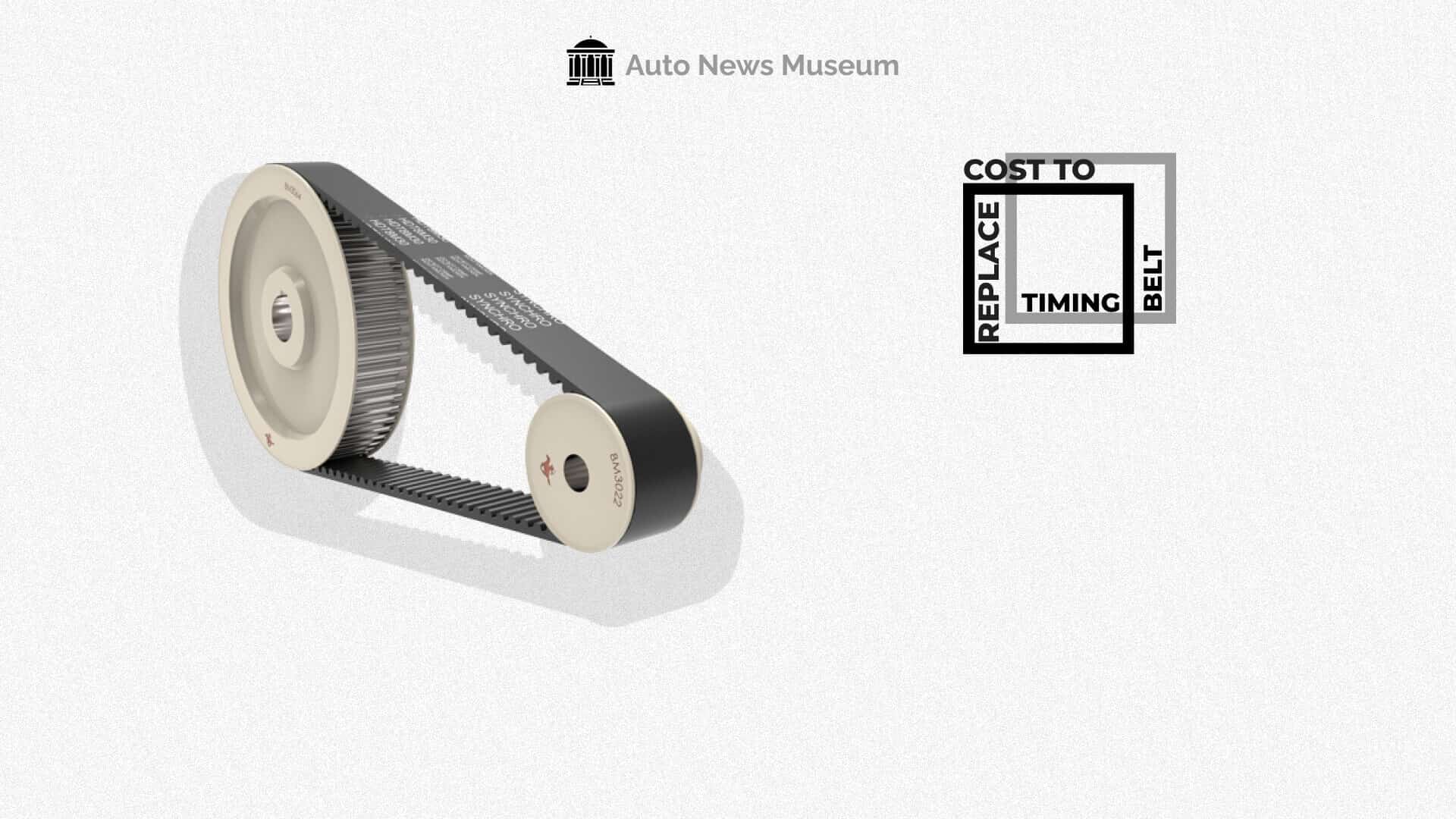The timing belt is an essential component of your vehicle’s engine that helps synchronize the movements of the crankshaft and camshaft, ensuring optimal performance and smooth operation. Over time, timing belts can wear out and may require replacement to prevent engine damage. This comprehensive guide will explore the costs associated with replacing a timing belt, considering factors such as parts, labor, and vehicle make and model.
Factors Affecting the Cost of Timing Belt Replacement
Parts
The cost of the timing belt itself varies depending on the type of vehicle and the quality of the belt. A typical range for a timing belt is between $50 and $200. However, it is often recommended to replace other components in the process, such as the water pump, tensioners, and idler pulleys. This can increase the total cost of parts to between $150 and $500.
Labor
Labor costs depend on the complexity of the job, the make and model of the vehicle, and the labor rates in your area. Timing belt replacement can be a time-consuming and complex procedure, requiring the removal and reinstallation of multiple engine components. On average, labor costs for a timing belt replacement range from $200 to $800.
Vehicle Make and Model
The cost to replace a timing belt can vary significantly based on the make and model of your vehicle. Some vehicles have simpler designs with more accessible engine components, making the replacement process faster and less expensive. Luxury and high-performance vehicles often require more labor-intensive procedures, which can increase the cost of replacement.

Additional Costs to Consider
Diagnostic Fees
If you’re unsure whether your timing belt needs replacement, you may need to pay for a diagnostic test. This can cost between $50 and $150, depending on the shop and the type of diagnostic equipment used.
Towing
If your timing belt fails while you’re driving, you may need to have your vehicle towed to a repair shop. Towing fees can range from $75 to $200 or more, depending on the distance and the towing company.
When to Replace Your Timing Belt
Most manufacturers recommend replacing the timing belt every 60,000 to 100,000 miles. However, this can vary depending on the make and model of your vehicle. Consult your owner’s manual or a trusted mechanic for specific recommendations.
Check PriceSaving on Timing Belt Replacement Costs
DIY Replacement
If you’re mechanically inclined and have the necessary tools, you can save on labor costs by replacing the timing belt yourself. Before attempting this repair, consult your vehicle’s service manual and watch instructional videos specific to your make and model. Keep in mind that this repair can be complex, so it’s essential to have a solid understanding of the process and set aside ample time to complete the job.
Shop Around
It’s always a good idea to get quotes from multiple repair shops before deciding on where to have your timing belt replaced. Comparing prices can help you find a reputable shop with competitive rates. Be sure to ask about any warranties on parts and labor, as these can vary between shops.
Timing Belt Replacement Specials
Some repair shops may offer specials or discounts on timing belt replacements, especially during slower business periods. Keep an eye out for these deals, as they can help you save a significant amount on the cost of the repair. Make sure to read the fine print and verify the quality of parts used and the warranty provided.
Check PriceSigns Your Timing Belt Needs Replacement
Visual Inspection
If you can access your timing belt, visually inspect it for signs of wear, such as cracking, fraying, or missing teeth. These can indicate that the belt is nearing the end of its life and may require replacement.
Unusual Noises
A failing timing belt may produce a high-pitched whirring or clicking noise, especially during engine start-up or while accelerating. If you notice any unusual sounds coming from your engine, it’s a good idea to have a professional diagnose the issue.
Performance Issues
A worn or damaged timing belt can affect your engine’s performance, leading to issues such as decreased power, poor fuel efficiency, or difficulty starting. If you experience any of these problems, consult a mechanic to determine whether the timing belt is the cause.
The Importance of Regular Maintenance
Regular maintenance, including oil changes and inspections, can help prolong the life of your vehicle and prevent costly repairs. By keeping up with your vehicle’s maintenance schedule and addressing any issues as they arise, you can avoid more significant problems down the road, such as engine damage due to a failed timing belt. Always consult your owner’s manual for maintenance recommendations specific to your vehicle make and model.
Conclusion
The total cost to replace a timing belt can range from around $400 to over $1,500, depending on the make and model of your vehicle, the cost of parts, and labor rates in your area. It’s essential to maintain your vehicle and replace the timing belt as recommended by the manufacturer to prevent costly engine damage and ensure the continued safe operation of your vehicle.

